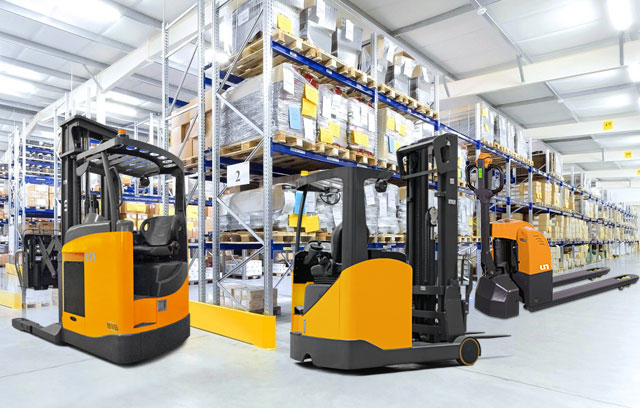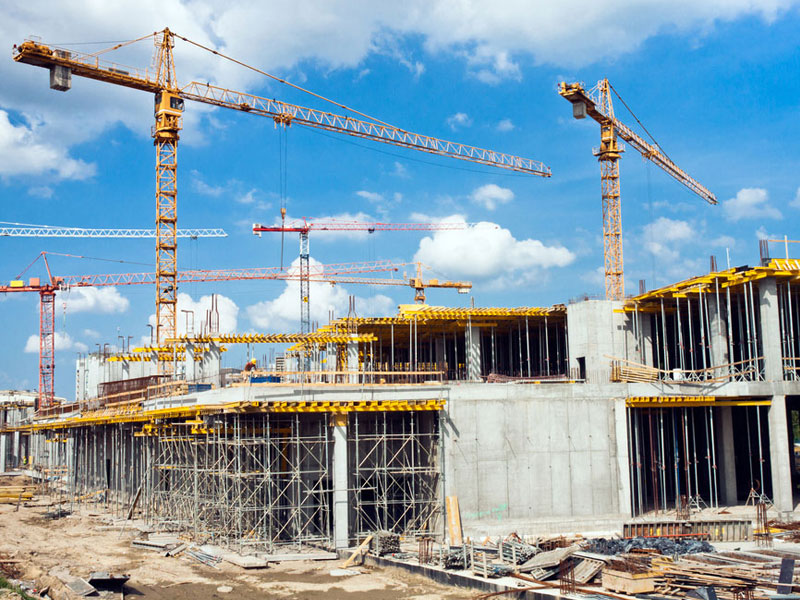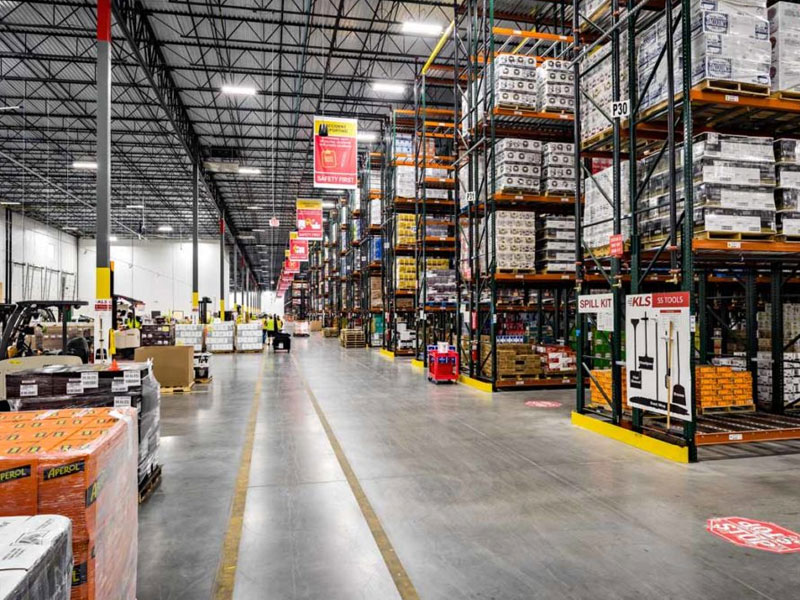Although the engine of diesel forklift truck and ordinary diesel vehicle engines are both fueled by diesel, there are some significant differences in design, structure and function. These differences are mainly reflected in the engine's power output, usage environment, working strength and technical requirements.
Power and torque output
The engine of a diesel forklift truck usually needs to provide large torque and continuous power output to meet the requirements of the forklift's tasks that need to carry heavy objects, climb hills and other tasks during work. Compared with ordinary diesel vehicle engines, the diesel forklift truck engines can output higher torque at low speeds, which allows the forklift to perform better power in startup, acceleration and heavy load conditions.
Ordinary diesel vehicles: The engine of a diesel vehicle focuses more on the efficiency of driving at high speeds, and usually requires maintaining power output at higher speeds.
Diesel Forklift Truck: Forklift engines tend to provide high torque at lower speeds, which can help the forklift maintain good traction and stability when handling items.
Design and Structure
The engine design of a diesel forklift truck is different from that of an ordinary diesel vehicle. Since forklifts are usually operated in tight spaces, the engine needs to be better adaptability and durability. In addition, forklift engines usually have higher working strength and longer working cycles, making them more robust and durable.
Ordinary diesel vehicles: The engine design of ordinary diesel vehicles focuses more on fuel economy and driving comfort, and its power and engine displacement design are relatively balanced.
Diesel Forklift Truck: Forklift engines focus more on high load and low speed continuous operation, and are designed to use reinforced engine components to adapt to long-term heavy load work.
Emission standards
With the continuous strictness of environmental protection regulations, the emission standards of ordinary diesel vehicles are gradually increasing. The engines of ordinary diesel vehicles mostly adopt advanced emission control technologies, such as exhaust after-treatment systems, urea injection systems, etc., to reduce the emission of nitrogen oxides and particulate matter.
Ordinary diesel vehicles: The emission technology adopted is relatively complex and requires compliance with strict environmental standards, especially emission requirements in the EU and the United States.
Diesel Forklift Truck: Due to the particularity of working environment and use scenarios, forklifts are often not as high as ordinary diesel vehicles. However, with the advancement of environmental protection policies, more and more forklift manufacturers have also begun to improve the emission control technology of diesel forklift trucks.
Use environment and work intensity
Ordinary diesel trucks are generally used for daily transportation, while diesel forklift trucks are specially used for industrial handling and material processing, and are commonly used in heavy-duty working environments such as warehousing, ports, and manufacturing plants. This means that the engine of the diesel forklift truck needs to operate in harsh environments such as high temperature, dust, humidity or high-strength usage conditions.
Ordinary diesel vehicles: The engine's working environment is relatively mild, and there are fewer long-term high-load operation.
Diesel Forklift Truck: The forklift engine needs to be able to handle long-term operation of high loads, so the engine's cooling system, cooling system, etc. need to be specially designed to maintain a stable working temperature.
Fuel efficiency and economy
Although both use diesel as fuel, there are differences in fuel efficiency between diesel forklift trucks and regular diesel vehicles due to different working conditions. Ordinary diesel vehicles are usually designed to drive on relatively stable roads for a long time, while diesel forklift trucks need to operate on uneven grounds and often require frequent starts and stops.
Ordinary diesel vehicles: The engine optimization of ordinary diesel vehicles focuses on fuel economy, so that the vehicle can minimize fuel consumption during long cruising.
Diesel Forklift Truck: The engine of the diesel forklift truck focuses more on efficient power output and load capacity, and the fuel economy is relatively low, especially when fully loaded and long-term operation.
Maintenance and maintenance requirements
The working strength and use environment of diesel forklift trucks require strong durability, so the engine of diesel forklift trucks usually requires more frequent maintenance and maintenance to ensure its long-term stability under high loads. At the same time, because forklifts often work in dirty and messy environments, engine cleanliness and filtration systems have also become key.
Ordinary diesel vehicles: The engine of ordinary diesel vehicles has a long maintenance cycle, and conventional maintenance mainly focuses on changing engine oil, air filter elements, etc.
Diesel Forklift Truck: During use, forklift engines often require regular inspection of cooling systems, fuel systems, air filters, etc. to ensure that the engine can operate stably for a long time.
Drive system and control method
The power system design of a diesel forklift truck is different from that of an ordinary diesel truck. The power of the forklift not only needs to drive the vehicle forward, but also needs to drive the lifting system of the forklift. The engine of a diesel forklift truck usually provides lifting and load functions through a hydraulic system, so its power output requirements are quite different from those of ordinary diesel vehicles.
Ordinary diesel car: The power of an ordinary diesel car is mainly used for wheel drive, and the output of the engine power is directly connected to the wheel.
Diesel Forklift Truck: The diesel forklift truck has an additional power transmission system to drive the forklift's lifting arms and cargo forks, requiring stronger power output and stability of the engine.











 中文简体
中文简体 عربى
عربى Español
Español














